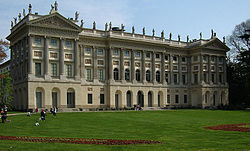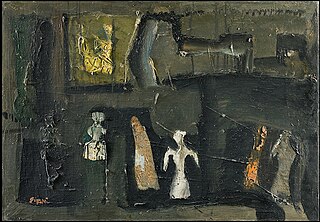
Mario Sironi was an Italian modernist artist who was active as a painter, sculptor, illustrator, and designer. His typically somber paintings are characterized by massive, immobile forms.
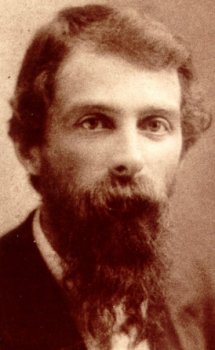
Giuseppe Pellizza da Volpedo was an Italian divisionist painter. He was born and died in Volpedo, in the Piedmont region of northern Italy.

Emilio Longoni was an Italian painter.

Villas and palaces in Milan are used to indicate public and private buildings in Milan of particular artistic and architectural value. Milan has always been an important centre with regard to the construction of historical villas and palaces, ranging from the Romanesque to the neo-Gothic, from Baroque to Rococo.

The Royal Palace of Milan was the seat of government in the Italian city of Milan for many centuries. Today, it serves as a cultural centre and it is home to international art exhibitions. It spans through an area of 7,000 square meters and it regularly hosts modern and contemporary art works and famous collections in cooperation with notable museums and cultural institutions from across the world. More than 1,500 masterpieces are on display annually.

Ettore Tito was an Italian artist particularly known for his paintings of contemporary life and landscapes in Venice and the surrounding region. He trained at the Accademia di Belle Arti in Venice and from 1894 to 1927 was the Professor of Painting there. Tito exhibited widely and was awarded the Grand Prize in painting at the 1915 Panama–Pacific International Exposition in San Francisco. In 1926 he was made a member of the Royal Academy of Italy. Tito was born in Castellammare di Stabia in the province of Naples and died in Venice, the city which was his home for most of his life.
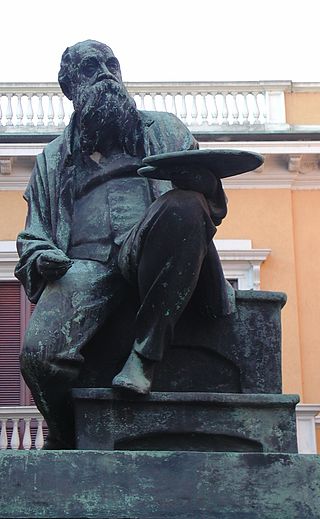
Mosè Bianchi (1840–1904) was an Italian painter and printmaker.

The Galleria d'Arte Moderna is a modern art museum in Milan, in Lombardy in northern Italy. It is housed in the Villa Reale, at Via Palestro 16, opposite the Giardini Pubblici Indro Montanelli. The collection consists largely of Italian and European works from the eighteenth to the twentieth centuries.

Leopoldo Pollack was an Austrian-born Italian architect who was active in Milan where he became one of the leading proponents of Neoclassical architecture.

Daniele Ranzoni was an Italian painter of second half of the 19th century.

Cherubino Cornienti was an Italian painter, active in a Romantic style mainly in Northern Italy.

Giuseppe Amisani was an Italian portrait painter of the Belle Époque.
Angelo Frattini was an Italian sculptor from Varese. He studied at Brera Academy and his first contacts with sculptural art were influenced by Scapigliatura's teachings. He also exhibited his works in New York City and Washington DC, where he was received by president Lyndon Johnson. Angelo Frattini died in Varese on September 2, 1975. In 1978 the artistic lyceum of his hometown was named after him.

Santa Maria in Brera was a church in Milan, in Lombardy in northern Italy. It was built by the Humiliati between 1180 and 1229, given a marble façade and Gothic portal by Giovanni di Balduccio in the fourteenth century, and deconsecrated and partly demolished under Napoleonic rule in the early nineteenth century. The Napoleonic rooms of the Pinacoteca di Brera occupy the upper floor of what was the nave.

The Museo Arte Gallarate (MAGA) is a museum of modern and contemporary art in Gallarate, in the province of Varese in Lombardy in northern Italy. It was founded in 1966 as the Civica Galleria d'Arte Moderna di Gallarate to house works purchased from, and donated by, artists participating in the Premio Gallarate, a national art competition. It was renamed in 2010 and moved to a new building. The museum holds over 5000 works and the collection includes paintings, drawings, sculptures, graphic design works, photographs, and installations by artists including Carlo Carrà, Loris Cecchini, Gianni Colombo, Lucio Fontana, Ennio Morlotti, Bruno Munari and Studio Azzurro. Between 2015 and 2017 Museo MAGA had a second venue in the Palazzo Leone Da Perego, in Legnano, some 15 km to the south-east of Gallarate.

The following outline is provided as an overview of and topical guide to Milan:
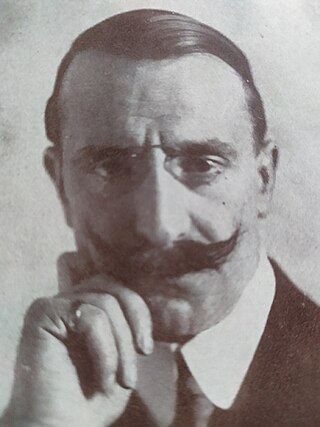
Enrico Thovez was an Italian artist-polymath best known for his contributions as a poet and literary critic.

Giuseppe Isola was an Italian painter.
